A diamond is more than just a gemstone; it is nature's ultimate creation of beauty, strength and eternity. Through the millennia, this unrivaled jewel has fascinated man, from the deepest mines to the chests of the most exquisite jewel collectors. This text delves into the world of the diamond, exploring its unique characteristics, its history and the place it occupies in our hearts and societies.
The timeless journey of the diamond
The journey that a diamond makes from the depths of the earth to becoming a sought-after ornament is as remarkable as the stone itself. Formed under extreme conditions of pressure and heat hundreds of kilometers below the earth's surface, the diamond has been the object of man's admiration since its first discovery in India over 4,000 years ago. Its ability to scatter light and display a brilliance that no other stone can match has made it a favorite of royalty and nobility, throughout history and across cultures.
What makes a diamond fascinating
A diamond is in a class of its own with its properties; it is the hardest known natural material on earth and has a unique ability to refract light. Its rarity and durability make it the most valued of gemstones. A perfectly cut diamond can catch and scatter light in a way that creates a play of color and a brilliance that has been described as magical.
But it is not only its physical properties that make a diamond so desirable. Throughout history, the diamond has come to symbolize eternal love, innocent beauty and unbroken strength. It is the obvious choice for engagement and wedding rings, a tradition that can be traced back to the royal houses of Europe in the 15th century, and has maintained its place as the ultimate gesture of love and commitment.
Choosing the perfect diamond
When choosing a diamond, it is crucial to understand the four C's – Carat, Clarity, Color and Cut. These factors affect not only the beauty of the diamond, but also its value:
- Carat refers to the weight of a diamond and thus its size. Larger diamonds are rarer and more valuable, but the beauty of a diamond is not just about size.
- Clarity is about how free of inclusions a diamond is, which affects its clarity and thus its light-reflecting properties.
- Color grades the colorlessness of the diamond. The less color a diamond has, the higher its value.
- Cut is critical to a diamond's ability to reflect light and create brilliance. A well-executed cut can maximize these properties and create a sparkling jewel.
The role of the diamond in today's society
In today's world, the diamond continues to be a symbol of luxury and sophistication. Its use extends beyond the confines of the jewelry box to industrial applications thanks to its extreme hardness. But it is in its ability to symbolize the deepest human emotions that a diamond truly shines brightest.
Sustainability and ethics
With a growing awareness of sustainability and ethical issues, the diamond industry has adopted new methods. Certification systems and traceability today guarantee that consumers can buy diamonds that are ethically mined and contribute to sustainable development.
The future of the diamond
With technological advances come synthetic (lab grown) diamonds that offer the same aesthetic and physical properties as their natural counterparts, but with a lower environmental impact. These advances point the way towards a more sustainable and responsible future for the diamond industry.
A diamond is more than just a stone; it is a testament to the wonder of the earth and man. In a changing world, the diamond remains a symbol of what is eternal: love, beauty and endurance. By choosing a diamond, you choose to celebrate life's most precious moments with a shine that never fades. Read more about our diamonds here.
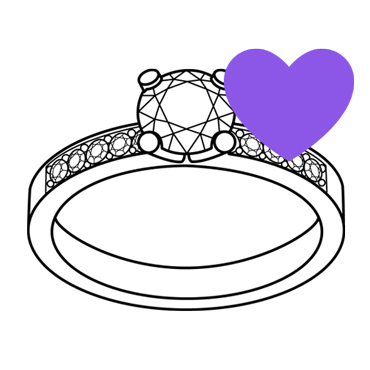 Popular engagement rings
Popular engagement rings Plain rings
Plain rings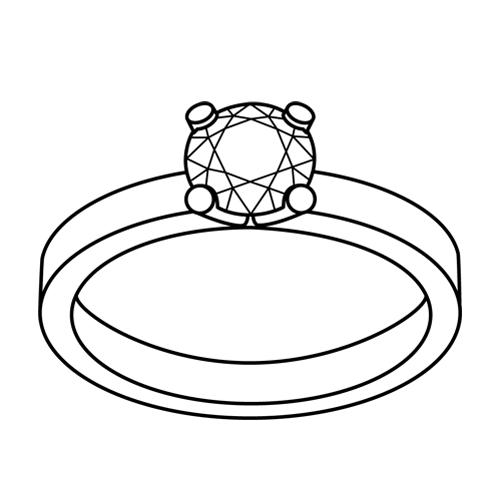 Solitaire rings
Solitaire rings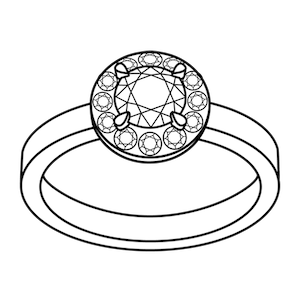 Halo rings
Halo rings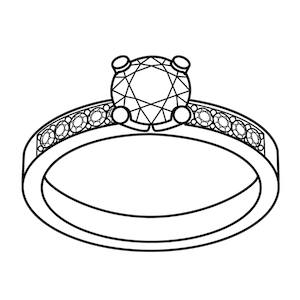 Side stone rings
Side stone rings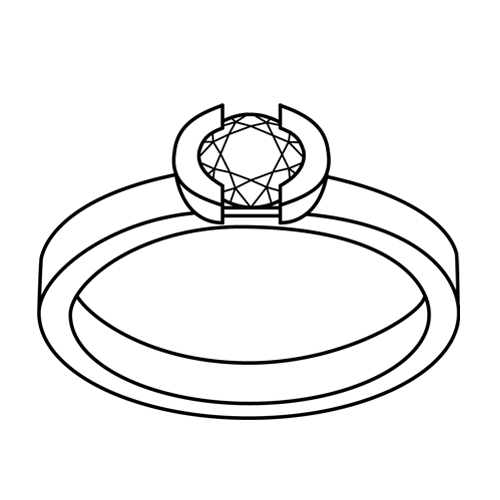 All engagement rings
All engagement rings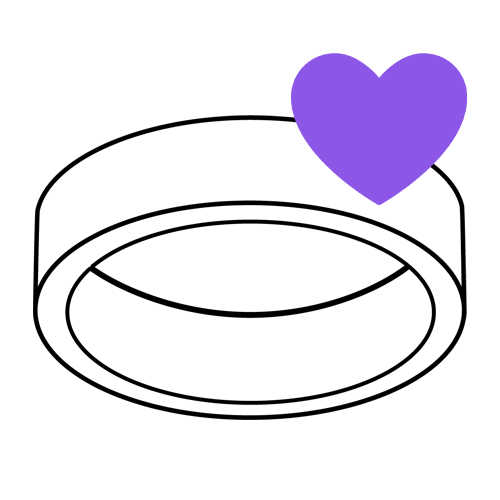 Popular engagement rings
Popular engagement rings  Plain rings
Plain rings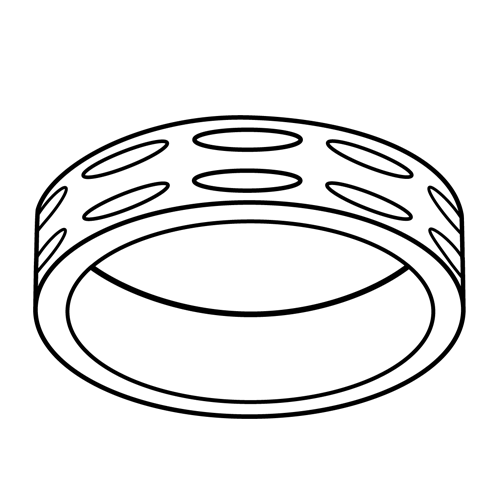 Patterned rings
Patterned rings 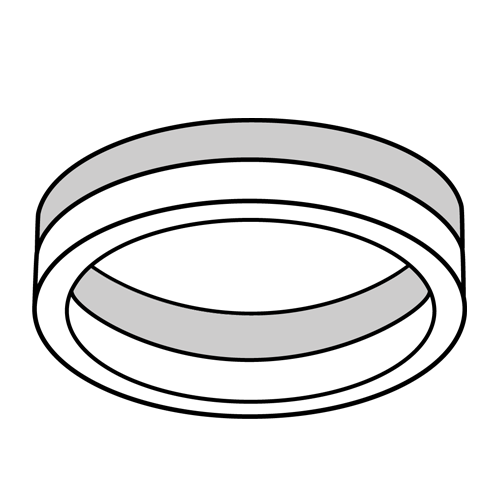 Multicolored rings
Multicolored rings 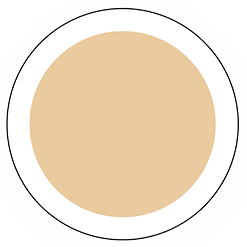 Rings in red gold
Rings in red gold Rings in white gold
Rings in white gold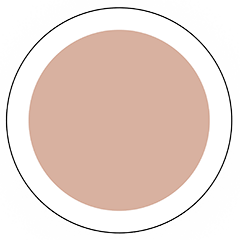 Rings in rose gold
Rings in rose gold Platinum rings
Platinum rings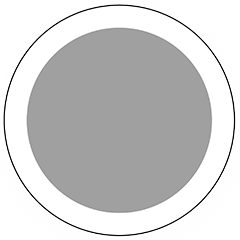 Palladium rings
Palladium rings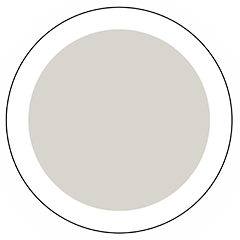 Silver rings
Silver rings Titanium rings
Titanium rings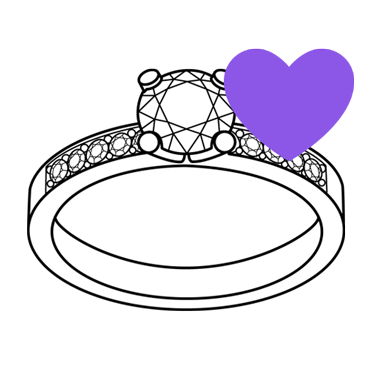 Popular wedding rings
Popular wedding rings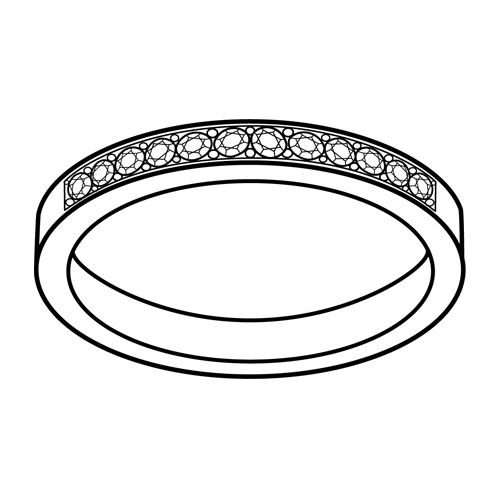 Alliance rings
Alliance rings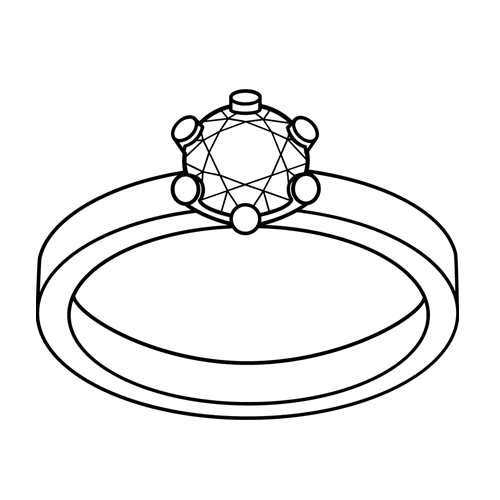 Diamond rings
Diamond rings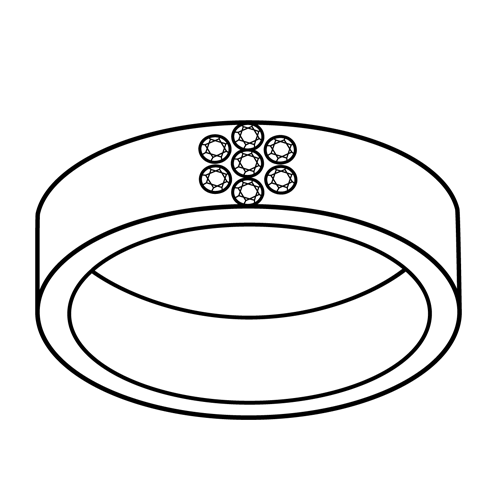 All wedding rings
All wedding rings All wedding rings
All wedding rings Rings in red gold
Rings in red gold Rings in white gold
Rings in white gold Rings in rose gold
Rings in rose gold Platinum rings
Platinum rings Palladium rings
Palladium rings Silver rings
Silver rings Titanium rings
Titanium rings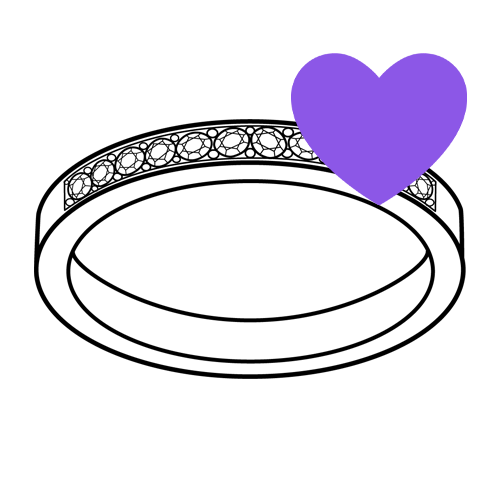 Popular wedding rings
Popular wedding rings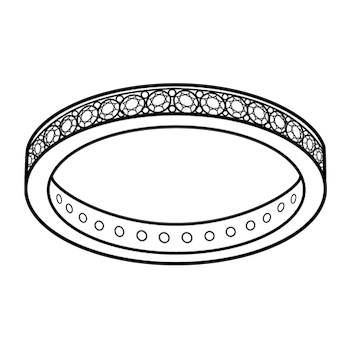 Narrow alliances
Narrow alliances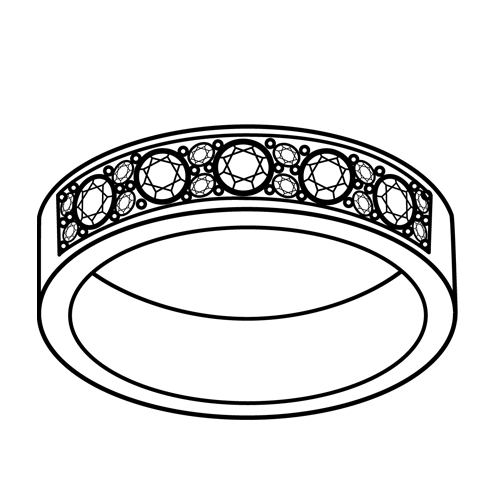 Broad alliances
Broad alliances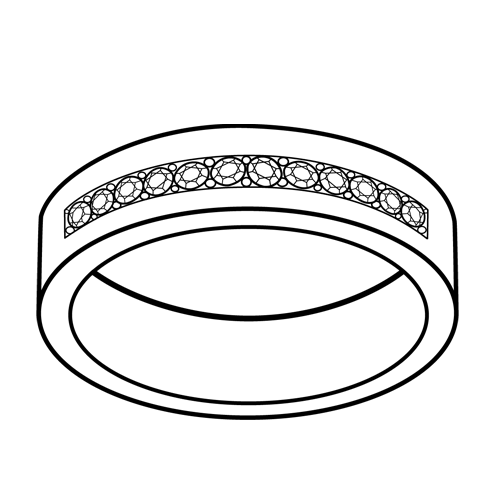 All alliance rings
All alliance rings Alliance rings in red gold
Alliance rings in red gold Alliance rings in white gold
Alliance rings in white gold Platinum rings
Platinum rings Palladium rings
Palladium rings Silver rings
Silver rings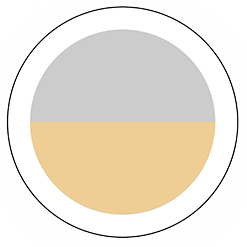 Multicolored wedding rings
Multicolored wedding rings Popular plain rings
Popular plain rings Narrow plain rings
Narrow plain rings Wide plain rings
Wide plain rings Patterned rings
Patterned rings Multicolored rings
Multicolored rings All plain rings
All plain rings Rings in red gold
Rings in red gold Rings in white gold
Rings in white gold Rings in rose gold
Rings in rose gold Platinum rings
Platinum rings Palladium rings
Palladium rings Silver rings
Silver rings Titanium rings
Titanium rings



